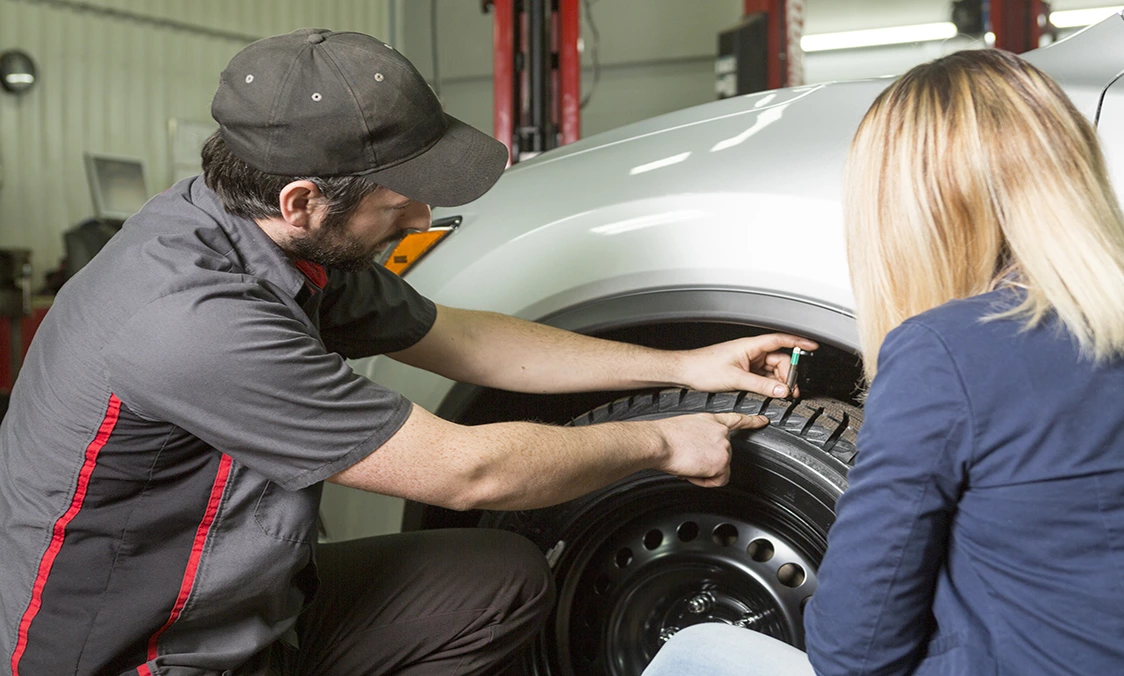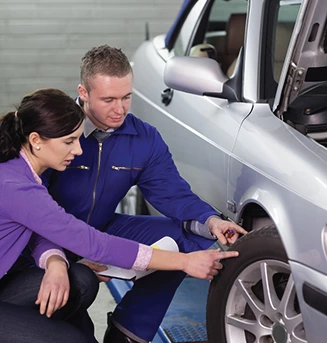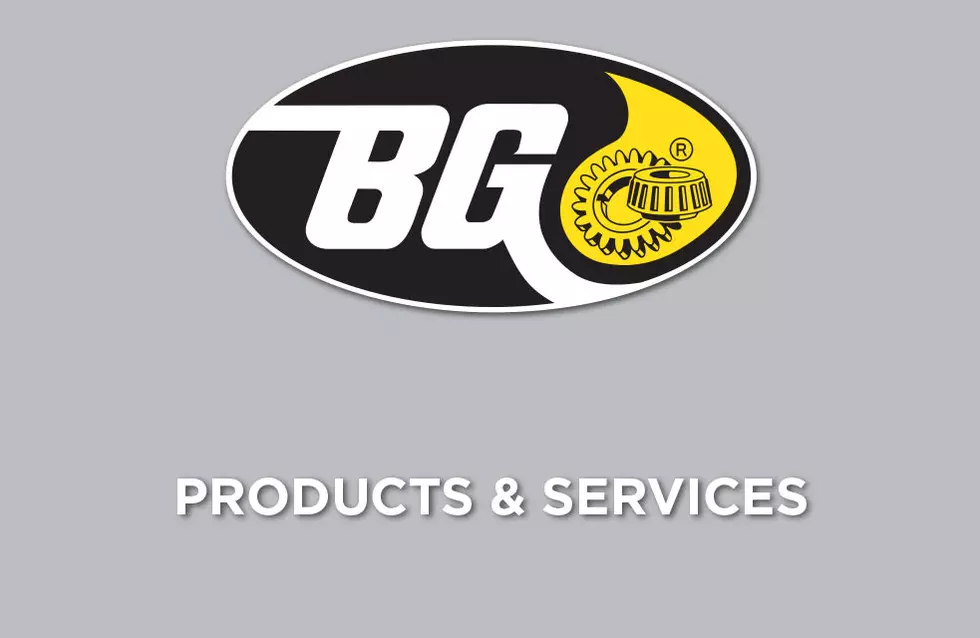Tire Tread Depth for Royal Oak, Michigan Drivers
February 10, 2019
Driving on bald tires is like playing roulette. Though you may be fine today, eventually your luck is going to run out.
The Feds don't have any laws for tread depth, but 42 of the states, and all of Canada, do have regulations. They consider 2/32 of an inch to be the minimum legal tread depth. Two other states, including California, consider 1/32 to be the minimum and six states have no standards at all. Call us at TLC Custom Exhaust Brakes & Tires; (just call 248-541-8300) to find out what your requirements are in the Royal Oak, Michigan, area.
Since 1968, U.S. law has required that a raised bar be molded across all tires. When tires are worn enough that this bar becomes visible, there's just 2/32 inch/1.6 mm of tread left. But does that older standard give Royal Oak vehicles enough safety?
Consider this: Consumer Reports recommends tire replacement when tread reaches 4/32 inch/3.2 mm. And the recommendation is backed by some very compelling studies. Now before we go into the studies, you need to know that the issue is braking on wet surfaces.
We tend to think of the brakes doing all the stopping, but Royal Oak vehicles also need to have effective tires to actually stop the car. When it's wet or snowy in Royal Oak, Michigan, the tread of the tire is critical to stopping power.
Picture this: you're driving in Royal Oak over a water-covered stretch of road. Your tires need to be in contact with the road in order to stop. That means the tire has to channel the water away so the tire is contacting the road and not floating on a thin film of water – a condition known as hydroplaning. When there's not enough tread depth on a tire, it can't move the water out of the way and you start to hydroplane.
This is where the studies come in. We think Royal Oak drivers will be surprised. A section of a test track was flooded with a thin layer of water. If you laid a dime flat on the track, the water would be deep enough to surround the coin, but not enough to submerge it.
A car and a full-sized pick-up truck were brought up to 70 mph/112 kph and then made a hard stop in the wet test area. Stopping distance and time were measured for three different tire depths. First, they tested new tires. Then tires worn to legal limits. And finally, tires with 4/32 inch/3.2 mm of tread were tested (the depth suggested by Consumer Reports.)
When the car with the legally worn tires had braked for the distance required to stop the car with new tires, it was still going 55 mph/89 kph. The stopping distance was nearly doubled. That means if you barely have room to stop with new tires, then you would hit the car in front of you at 55 mph/89 kph with the worn tires.
Now with the partially worn tires – at the depth recommended by Consumer Reports – the car was still going at 45 mph/72 kph at the point where new tires brought the car to a halt. That's a big improvement – you can see why Consumer Reports and others are calling for a new standard.
Now without going into all the details, let us tell you that stopping the truck with worn tires needed almost 1/10 of a mile (.16 km) of clear road ahead to come to a safe stop. How many Royal Oak drivers follow that far behind the vehicle ahead? Obviously, this is a big safety issue.
The tests were conducted with the same vehicles but with different sets of tires. The brakes were the same, so the only variable was the tires.
How do people in Royal Oak know when their tires are at 4/32 inch/3.2 mm? Well, it's pretty easy. Just insert an American quarter into the tread. Put it in upside down. If the tread doesn't cover George Washington's hairline, it's time to replace your tires. With a Canadian quarter, the tread should cover the numbers in the year stamp.
Now you may remember doing that with pennies. But an American penny gives you 2/32 inch/1.6 mm to Abraham Lincoln's head. The quarter is the new standard – 4/32 inch/3.2 mm.
Tires are a big ticket item, and most people in Royal Oak, Michigan, want to get thousands of miles/kilometers out of them. Just remember: driving on bald tires is like playing roulette.
Have Mr. Washington look at your tires today. If he recommends a new set, come see us at TLC Custom Exhaust Brakes & Tires in Royal Oak.
TLC Custom Exhaust Brakes & Tires
1735 N Main St
Royal Oak, Michigan 48067
248-541-8300
http://www.tlcautocareroyaloak.com
Need Service?
More articles from TLC Auto Care

Oil Times are a-Changin' (Oil Change Synthetic)
May 12, 2024
When it comes to oil changes, things are really changing. Most newer vehicles require synthetic oil, and while it costs more than conventional oil, it doesn't need to be changed as often. When conventional oil was the only game in town, you changed your oil every 3,000 miles/5,000 km. But as tec... More

Steering You Right (Power Steering Signs of Problems)
May 5, 2024
Nearly every modern vehicle on the road today has power steering, a wonderful invention that makes steering take far less effort than it did in the "good old days." Today, we take our steering for granted: until something goes wrong, that is. Most power steering these days is rack-and-pinion, th... More

The Light Nobody Wants to See (Check Engine Light)
April 28, 2024
You've probably had your Check Engine Light go on. Then it goes off and you figure, hey, whatever the problem was, it's gone now and I don't have to worry about it. Well, the problem may have gone away and it may not have. Your vehicle likely has one of these warning lights on the instrument pa... More










